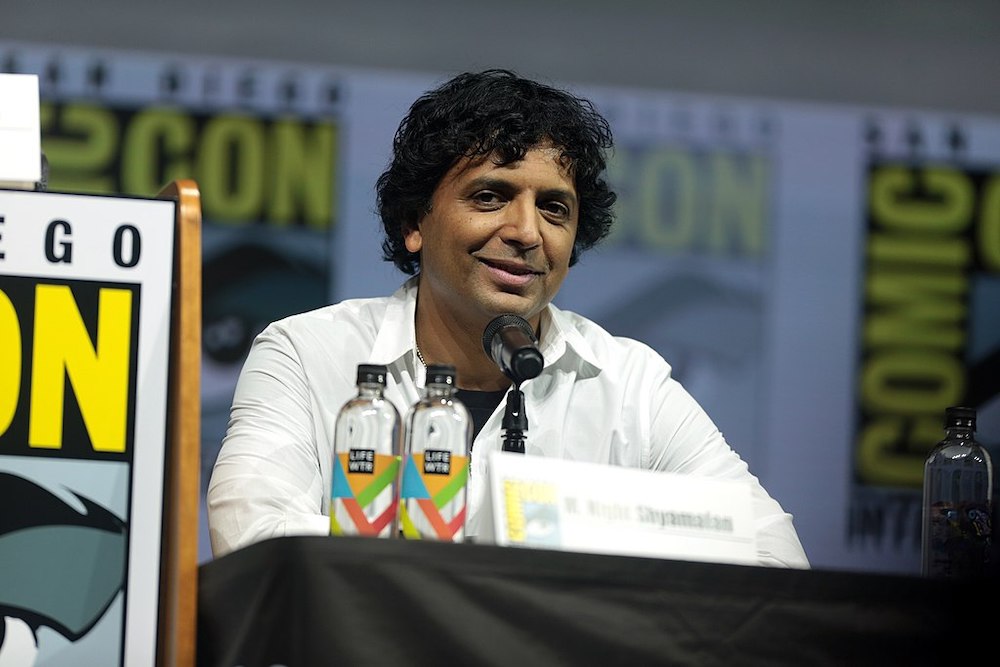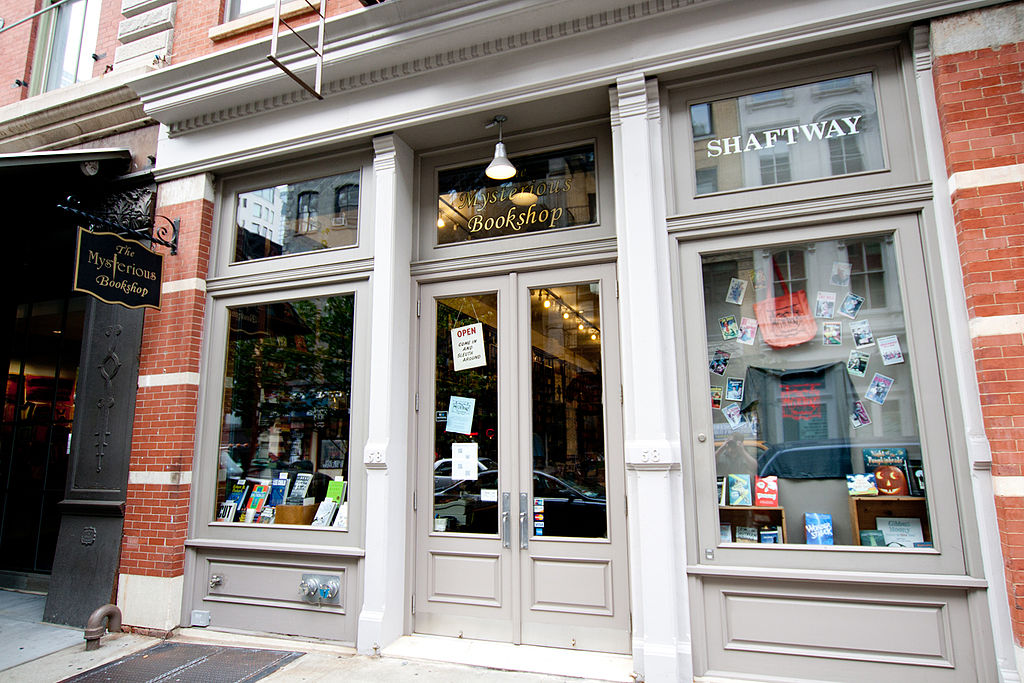On a dark and stormy night earlier this week, I made my way to see Bong Joon-Ho’s much-lauded new film Parasite. I was on edge the whole way there—frankly, I’ve been on edge since seeing the phenomenal trailer, and the anticipation, it seems, was getting to me. At the theater, the preshow jostling and chatter was at a minimum. We awaited the start of the film—and the twist we knew must be coming—with bated breath. I was surprised, however, by how quickly I felt myself and those around me exhale. The movie’s opening introduces us to the struggling Kim family as they craftily invite themselves into the stylish home of their immensely wealthy counterparts, the Parks. The Parks are profoundly, hilariously gullible, and Bong allows us to delight in their naïveté. There are a few ominous moments early on, but it hardly felt as if we were about to launch into a thrilling story of vast inequality and the horror and violence it yields. But then, of course, we did. Capitalism is terrifying. Happy Halloween. —Noor Qasim
You remember The Shining. You know how scary it is. Reader, you’re wrong. It’s so much scarier than you remember, with freaky shots you never noticed the first few times you watched. The scene with the twins? You know the one, in the hallway, with them alive and then, all of a sudden, horrifically and brutally murdered? Look closer: from shot to shot, their stomachs move; they’re breathing. You thought you were seeing them dead. You’re seeing them dying. This is one of the myriad reasons I suggest you rewatch The Shining this holiday season. If dead children and a renewed fear of showers don’t wholly entice you to pop this baby on, know that this movie is also hilarious. Jack Nicholson’s chaotic interview with the hotel owner could be an SNL sketch. It’s an unforgettable film, but trust me, you forgot some of the best parts. —Eleonore Condo
On a stormy day in early October, a copy of The Best American Mystery Stories 2019 appeared on The Paris Review shelves. Waiting for the rain to break, I picked it up and leafed through, landing first on Reed Johnson’s “Open House.” The story begins when an ominous man arrives at the door of a family’s home. It turns out he is an ICE agent who has come to search the home in connection with a crime, and things get darker from there. I took the book home, where, for the past few weeks, it has lived on my nightstand, and I’ve been reading a story or two each night in the dusky hour between when I should be asleep and when I am. Murder, it turns out, makes for good bedtime reading. The stories are fast-paced, dark, and deeply satisfying. They also feel timely, with nods to the inherent horror of mass incarceration, immigrant detainment, and internet anonymity. My favorites, though, are the more classic whodunits, populated with shadowy characters, train cars, and gumshoes in trench coats poking around empty apartments or questioning suspicious bartenders, only to find that the culprit was right under their noses all along. “Crime stories,” writes Jonathan Lethem, the editor, in his engaging introduction, “are deep species gossip. They’re fundamentally stories of power, of its exercise, both spontaneous and conspiratorial; stories of impulse and desire, and of the turning of tables.” The Best American Mystery Stories series was established in 1997 under the auspices of Otto Penzler, a veteran of the genre and the owner and proprietor of the Mysterious Bookshop in Tribeca, a perfect place for the bookish to indulge their spooky side and hide out for Halloween. —Cornelia Channing
Writing and a belief in the occult seem like natural bedmates—just look at James Merrill and his Ouija board, or Sylvia Plath and Ted Hughes poring over each other’s birth charts. In the past few years, I’ve been reading tarot cards, and I find them fascinating in how they combine archetypes, myth, and storytelling in an attempt to capture the ineffable. If you, too, are interested in tarot, I recommend signing up for 22 Moons, a free newsletter from the small press Ignota Books that, in their words, is “delivered on each New and Full Moon, bringing together 22 poets, writers, artists, musicians, thinkers, curators, astrologers, practitioners, witches and scientists for 22 lunations.” So far, there’s been The Hierophant, The Moon, Judgement, The High Priestess, and The Tower, and each has been helpful or interesting in its own way. —Rhian Sasseen
M. Night Shyamalan earned a reputation for landing his movies on a plot twist, and the gimmick has in many ways clouded how worthwhile his work can be. The Village is a parable, rich with satisfying folkloric embellishments, about how the narratives we tell ourselves subsume reality; it is also a tense and exciting monster movie. Signs plays with peering into the dark, and like all good writers of fear, Shyamalan is careful about obstructing our view and letting our imaginations do the work (the final scene breaks away from this operating principle and is weaker for it). He does the same thing to his characters, isolating them with the unknowable: what lives in the woods, how much of civilization remains, whether we can communicate with the dead. At his best, Shyamalan aligns as closely as possible what his characters know with what the viewer does. When the big reveal happens, fear is alleviated as pieces fall into place and the characters’ gratification becomes our own. —Lauren Kane

M. Night Shyamalan at San Diego Comic-Con, 2018. Gage Skidmore (CC BY-SA 2.0 (https://ift.tt/2G3Y3g6).
from The Paris Review https://ift.tt/31HD10w


Comments
Post a Comment